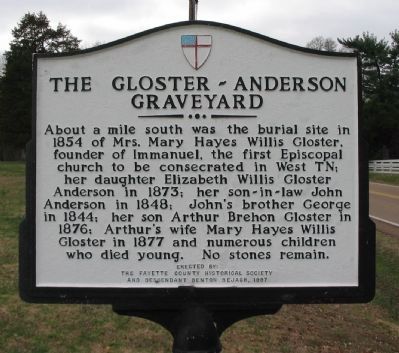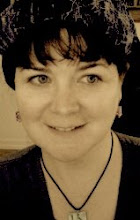There were six students at the Mordecai school named Green, according to the appendix of my 1996 dissertation:
- Ann (Nancy) Green and
- Mary Green were both at the school for the two 1814 sessions, were listed as being from Waynesboro, and having Robert Green as their guardian
- Eliza Green was also at the school for the second 1814 session.
- Harriet Green was also at the school for the second 1814 session; she was listed as being from Franklin County, and having William Harrison as the adult associated with her account
- G. Macon Green, a local boy from Warren County, was at the school in 1809 and both 1810 sessions
- Nathaniel T. Green was at the school in both 1815 sessions, and the name Solomon Green is associated with his account.
Whew. Okay, looks like we might have several Green families here. And Green is such common name... so hmm. Let's dive in to the 2025 internet and see what it can tell us now.
***
Gideon Macon Green (1798-1838) was the son of Solomon Green and Frances Hawkins Green. He was born in Warrenton and died in Mississippi in 1838, at about age 40. His father was a planter and legislator in North Carolina, and so was his brother Thomas Jefferson Green (1802-1863).His grandfathers William Green and John Hawkins, and his great-grandfather Philemon Hawkins, were all officers in the American Revolution, and Senator Nathaniel Macon was his great-uncle.
G. Macon Green was at the Mordecai school in its first two years, when enrollment was lowest and boys were more common among the students. He seems to have gone to Warrenton Academy next; a newspaper clipping from 1813 finds him in a class there with fellow Mordecai boy Arthur Gloster.
Gideon Macon Green married Frances L. Bullock in 1818. In the 1820 census, the Warren County household of Gideon M. Green included 19 enslaved people, ten of whom were children under 14. His wife died in 1837, and he died in 1838, in Lafayette, Mississippi.
***
Nathaniel T. Green was apparently Gideon Macon Green's brother. In 1826 he married Sarah Cornelia Coleman; but she died in 1827, before her 18th birthday. Many years later, in 1851, Nathaniel T. Green and George W. Mordecai were both elected to the board of directors of the Raleigh and Gaston Railroad. He died in 1874, from injuries sustained when his buggy was overturned by a frightened horse.
***
I'll come back to work on the four girls named Green. Stay tuned.


